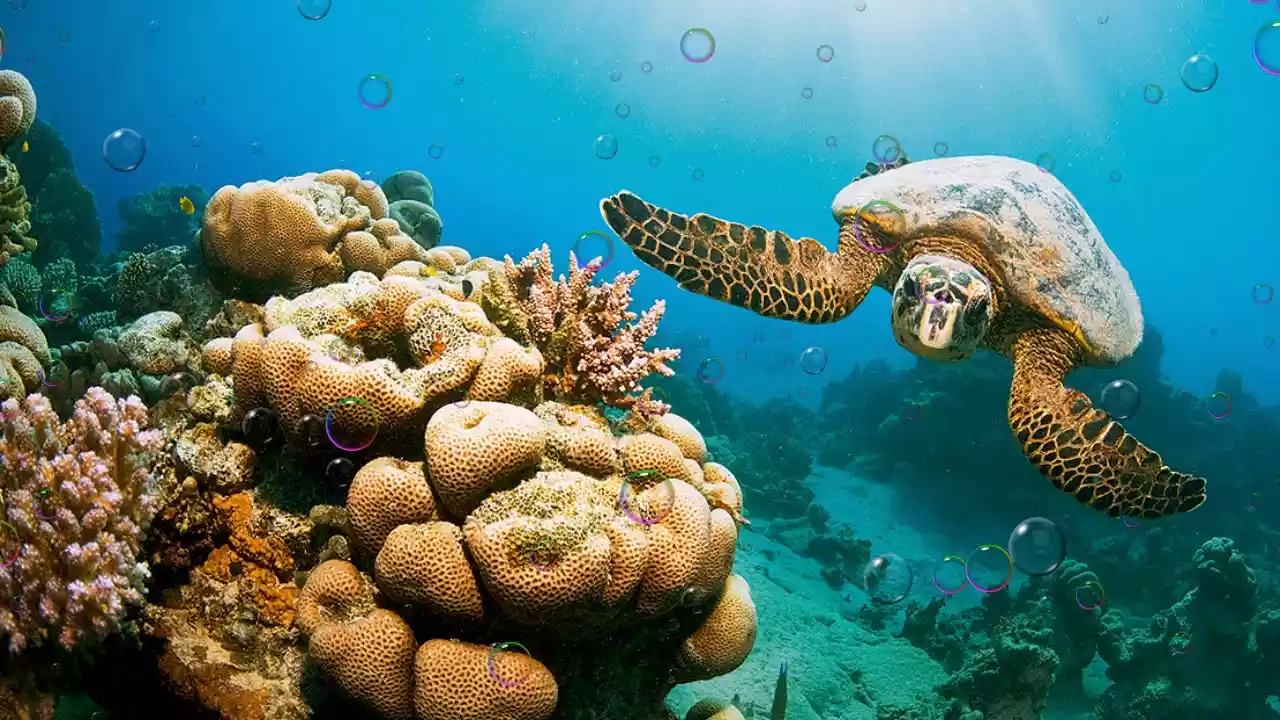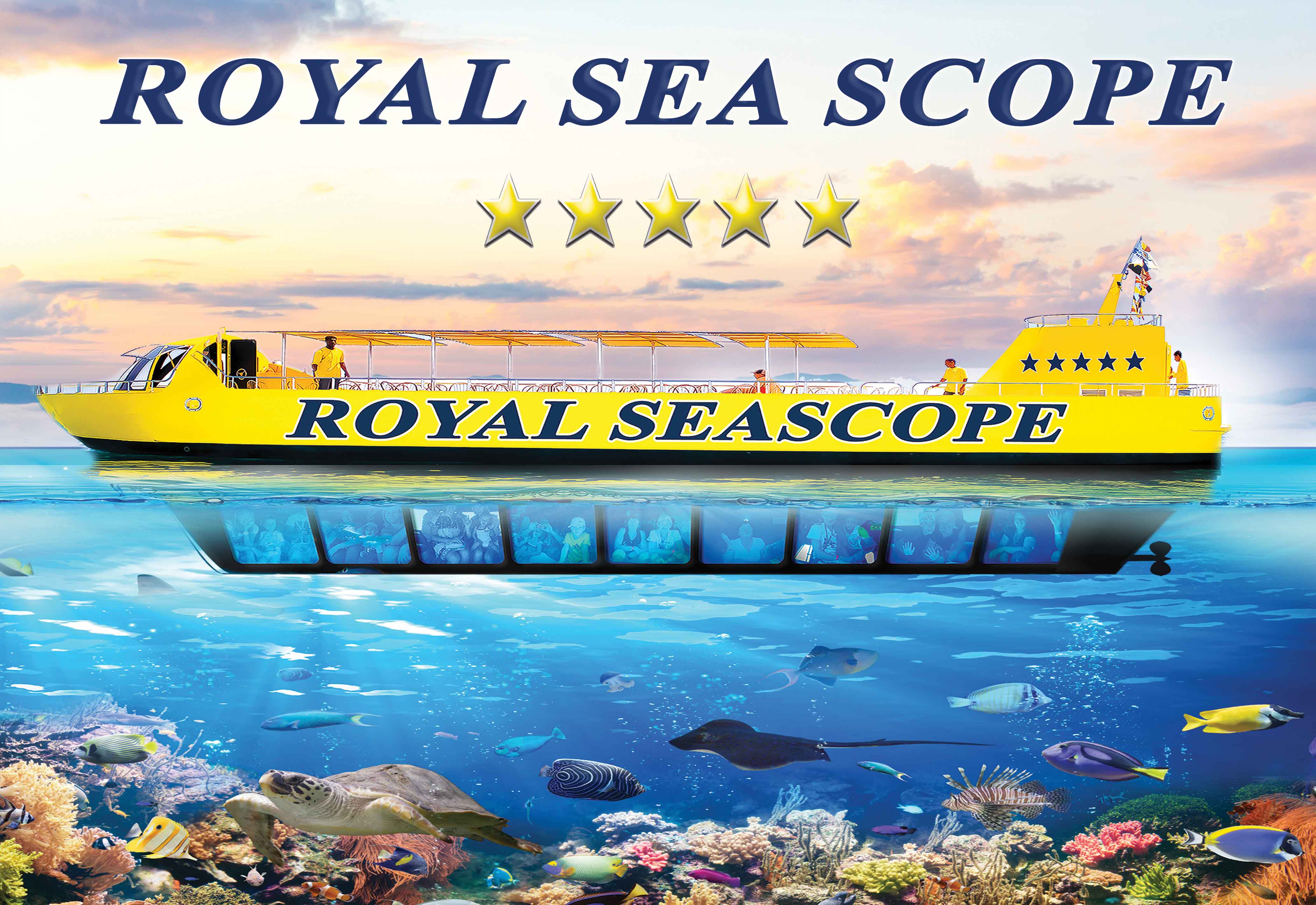.jpg)
The Red Sea is one of the world’s top marine destinations, teeming with vibrant coral reefs, exotic fish species, and crystal-clear waters. Whether you’re planning a family holiday or an adventure-filled escape, exploring the Red Sea’s underwater world is a must. But when it comes to underwater activities, a big question arises: Scuba Diving vs. Snorkeling — what’s best for you?
In this article, Egypt Sunmarine breaks down the differences, pros, cons, and best spots for both activities, helping you choose the perfect Red Sea experience.
What Is the Difference Between Scuba Diving and Snorkeling?
Snorkeling involves floating at the water’s surface while wearing a mask, snorkel tube, and fins. You can observe the underwater world without fully submerging.
Scuba diving, on the other hand, uses an oxygen tank and gear to allow you to dive deep underwater for an extended period. It requires training, certification, and a bit more gear and preparation.
1. Accessibility & Skill Level
-
Snorkeling: Perfect for beginners, families, and anyone who wants a quick and easy introduction to marine life. No prior experience needed.
-
Scuba Diving: Requires a basic certification (like PADI Open Water) and at least a short course or dive trial. Best suited for those who want a deeper and more immersive experience.
Winner for Beginners: Snorkeling
2. Depth and Exploration
-
Snorkeling: Limits you to surface views and shallow reef systems (typically 1-3 meters deep).
-
Scuba Diving: Allows you to explore reefs, drop-offs, and marine life at greater depths (up to 18-30 meters for recreational divers).
Winner for Deeper Exploration: Scuba Diving
3. Marine Life Encounters
-
Snorkeling: You can still spot beautiful coral gardens, colorful fish, sea turtles, and sometimes even dolphins — all from the surface.
-
Scuba Diving: Offers a closer look at rare species like moray eels, rays, reef sharks, and deep corals. Certain sites are only accessible by diving.
Winner for Unique Wildlife: Scuba Diving
4. Equipment and Costs
-
Snorkeling: Minimal gear required (mask, snorkel, fins). Most hotels and tour operators provide equipment or rentals.
-
Scuba Diving: Requires more extensive gear including tanks, regulators, wetsuits, and BCDs. It’s more expensive due to equipment and certification needs.
Winner for Affordability: Snorkeling
5. Time and Flexibility
-
Snorkeling: Quick to organize and easy to fit into any travel itinerary. Perfect for a short sea excursion or a lazy afternoon at the beach.
-
Scuba Diving: Requires more time for briefings, safety checks, and dive time. But the reward is an immersive adventure like no other.
Winner for Flexibility: Snorkeling
Top Red Sea Spots for Both Activities
Whether you choose scuba diving or snorkeling, Egypt Sunmarine has you covered with Red Sea tours in:
-
Giftun Island: Ideal for vibrant reefs and fish
-
Sataya Dolphin Reef (Dolphin House): Perfect for swimming with dolphins
-
Abu Dabbab Bay: Great for both diving and snorkeling with sea turtles
-
Elphinstone Reef: A world-class diving site for advanced divers
-
Royal Sea Scope Submarine: A unique dry alternative to see marine life, especially for non-swimmers
There’s no wrong choice — both snorkeling and scuba diving offer incredible opportunities to explore the Red Sea. If you’re looking for a relaxed, family-friendly option, snorkeling is perfect. If you crave adventure and want to go deeper, scuba diving is your best bet.
At Egypt Sunmarine, we offer a variety of diving trips, snorkeling tours, and submarine experiences tailored to your comfort and curiosity levels. Whether it’s your first time in the water or you’re a certified diver, we’ll help you make the most of your Red Sea journey.
Ready to dive in or float above the reef? Contact Egypt Sunmarine today and book your next Red Sea experience!












